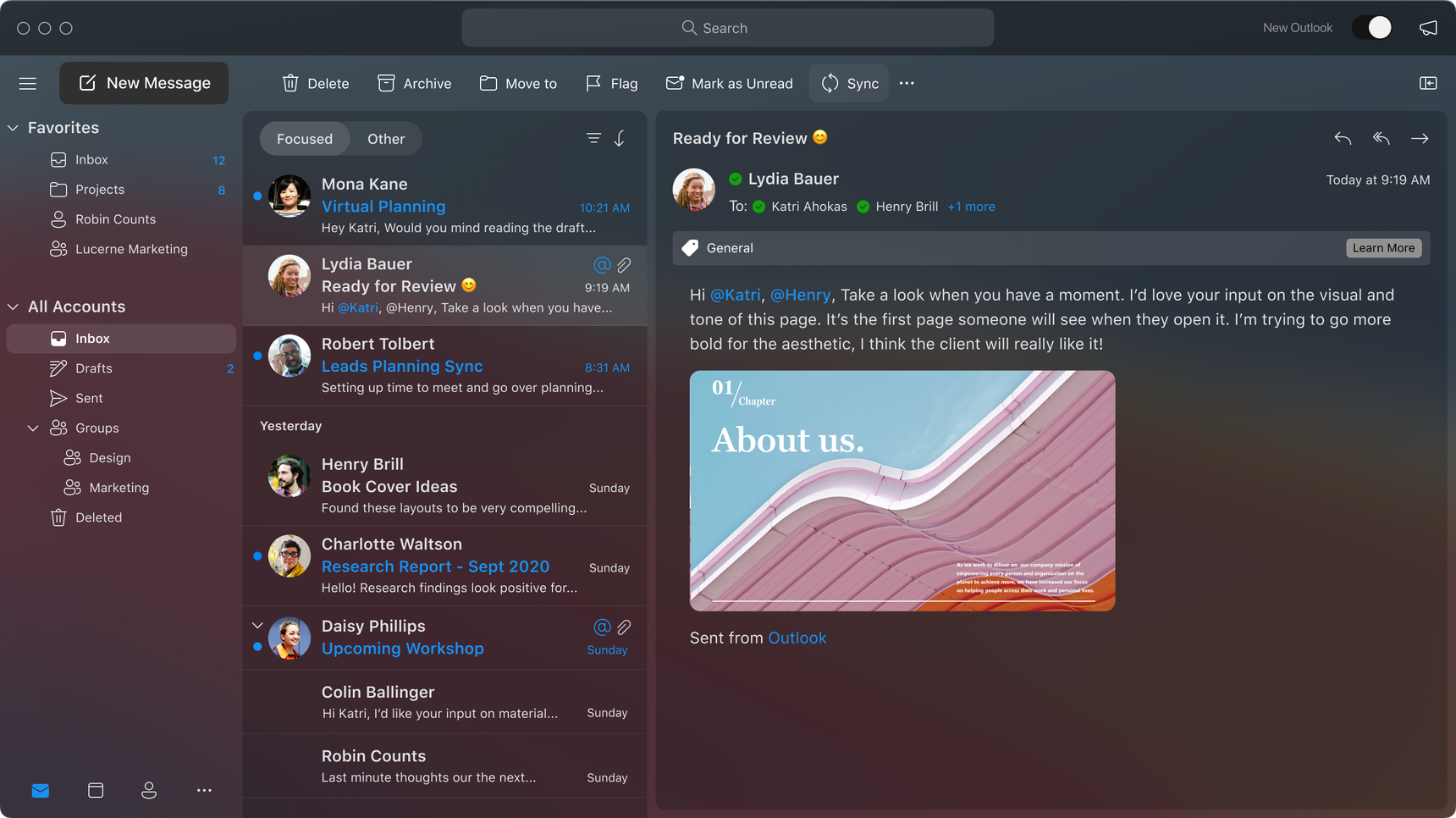
The passwords are saved in the Credential manager (type it on the start menu to find) - you would need to delete it from there to "sign out" and be asked for the password the next time you used outlook. What possible benefit could there be in allowing a user to sign in to a program but then not letting them sign out? Crazy. If you don't want to keep a copy of mail on the computer, use web mail. (Some Exchange providers disable the option.) Of you use an Exchange account, you may be able to disable cached mode and use online mode. Changes in the mailbox or outlook sync back and forth. If you use IMAP or /Exchange, outlook will sync a copy of the mail. Would anyone want to store a local copy of all their email?) Outlook informed me it is making a local copy of my Inbox (why Is it possible without having to do a full factory reset of the machine? What possible benefit could there be in allowing a user to sign in to a program but then not letting them sign out? Crazy.ĭoes anyone know of a workaround for this that will allow you to sign out of Outlook on Windows 10?

" In Outlook, it’s no longer possible to sign out of your account or be prompted for a password to sign in." This scared me off trying to recover that 10GB+ of wasted space on my SSD.Īnnoyed by all this, I decided to just sign out of Outlook, delete it and pretend this never happened, only to discover: Their local copies only to find that Outlook had deleted all their email from the server as well. Would anyone want to store a local copy of all their email?) and I tried to find correct settings online to tell Outlook to never make any local copies of anything and keep everything on the server where it belongs, but I discovered many people had deleted Upon signing in, Outlook informed me it is making a local copy of my Inbox (why I'm not well acquainted with Windows (or Outlook) and I've made, what I now know to be, the very grave mistake of allowing it to sign me into Outlook using my Microsoft account. I need to sign out of Outlook (Office 365 application) on Windows 10.


 0 kommentar(er)
0 kommentar(er)
